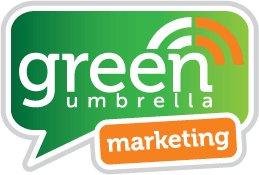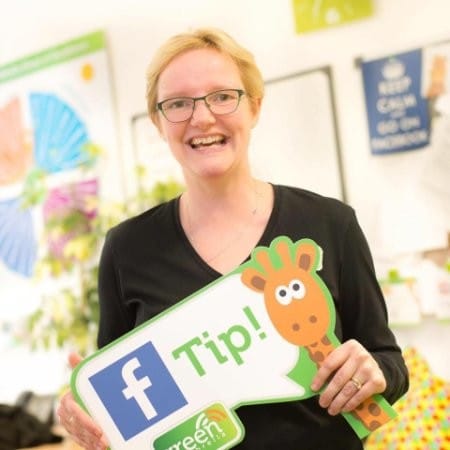Over the last six months or so I have found Twitter to be a chore. I sent my very first Tweet in January 2009 and we have certainly seen many changes over that time. Do you remember when we first tweeted by sending a text message from our phones? How times have changed. Fast forward to 2010, and Twitter was the place to be. I lived on the platform and felt somewhat anxious if an hour had passed and I had not checked my Twitter feed. Nowadays, I tend to check my Twitter feed as part of a social media strategy rather than as a need to know what has happened in the world – why is that?
What happened to Twitter?
As with all social media channels, people like me and you (aka marketers) have ruined the platform. We have saturated the space with automated tweets that do not produce any meaningful content. We use automated platforms such as MeetEdgar or Buffer to post out the same content time and time again. Don’t get me wrong, I do think that we still need to educate our audience as to what we do, but please think of more creative ways to do this rather than just sending link after link back to your website.
Good News
In February 2018, Twitter introduced a tweak to its algorithm. Twitter basically said, ” Automated content is dead”. The two main changes were:-
- It is not ok to post one tweet to more than one account. For example, if I created a post and sent the same content to @juliadoherty and @greenumbr3lla then this would have an effect on our overall reach.
- It is not ok to post the same tweet to the same account. So now you need to work at the content and put a different spin on the tweets if you want exposure for your Tweets. Fresh content is now essential.
For those people who were automating posts, such as RSS feeds, or those dreadful paper.li posts from a website, then this tactic no longer works. This was excellent news, and now if you want your sales types of posts to be seen, and you do not have time to write creative content, then you need to pay for those sales posts to be promoted. If I take a look at my feed, it is now promoted post after promoted post…. yawn!
I listened to this podcast
This weekend, I was listening to Michael Stelzner’s podcast interview with Dan Knowlton, a creative marketer, speaker, and trainer. He co-founded KPS Digital Marketing, an agency that specializes in social and video marketing. As I listened, they both talked about how marketers were still using Twitter in the same way that they were a few years ago.
Dan then said something that made me pull over in a layby and make some notes…
What is Twitter The Go To Platform For?
Sometimes the obvious needs to be pointed out. All the things that Dan mentioned in the podcast as to why people use Twitter made me realise that this is the sort of content that we should be producing. If people are going to Twitter to find out the breaking news, then this is what we should be providing.
- Live events and conferences – I always use Twitter for live events, but it made me realise that I never really jump into conversations of live events that I am not attending. I know I should, and this should be part of the planning process.
- Breaking News – adding your opinion and asking your audience what their view is. For example, last night I was watching the TV to find out if Theresa May was going to be kicked out of Government in the #ConfidenceVote – the first place that I went to see the latest developments was Twitter. What do people really think about the future of our country? People use Twitter for news!
- Conversations – especially with influencers, your key target audience. Twitter is the only place where you can directly reach out to someone and initiate a conversation without being connected to them. This should be part of your everyday strategy!
- Customer Service – people use Twitter for customer service. It is the first place that they go to complain about something. Do you have an effective listening strategy for your business?
- Networking – online networking and Twitter chats. I have not been involved in hashtag hours for some time now as again they simply felt like a constant sales pitch. Wouldn’t it be great if there was a local networking group where it was against the rules to sell anything, and it was a time to simply build relationships?
What is the best strategy for Twitter as we head into 2019?
According to Dan Knowles (and I certainly agree), the best strategies are:
- Downgrade the automated Tweets using MeetEdgar, etc.
- Use the 80/20 rule. We still need to educate people with what we do, but make your 20% sales content interesting and engaging. Focus on what the benefits are to your customers, not just a sales message with a link to your landing page.
- Share breaking industry news asap and always add your opinion as part of the Tweet.
- Customer culture – know your customers. What type of humour does your audience enjoy? Speak the language of your customers, and have meaningful conversations.
- Your culture – we have heard it time and time again, but it is worth mentioning that “people buy from people”. Show the behind the scenes posts, give people an insight into your day. Post the good and also the challenges that you are facing as a business owner. Ask opinions. The more authentic you are the more exposure you will have.
- Twitter is no longer a “process”– it needs effort and time if you want to be successful. No longer can you schedule six Tweets a day and expect results without engaging with your audience.
- Respond quickly! If someone direct messages you, or mentions you in a Tweet, then respond quickly. Twitter is such a fast platform that users expect an instant reply. If you want to be successful on Twitter then you ideally need to be tuned in to respond quickly to anyone who Tweets you.
Summary
After listening to the podcast, I actually felt excited about Twitter again. It was as if someone who was an authority in this industry (aka Michael Stelzner or Dan Knowles) was reading what was in my head. Is this the start of a rejuvenated platform? I hope so. Please spread the word! See you on Twitter!
Share this!




